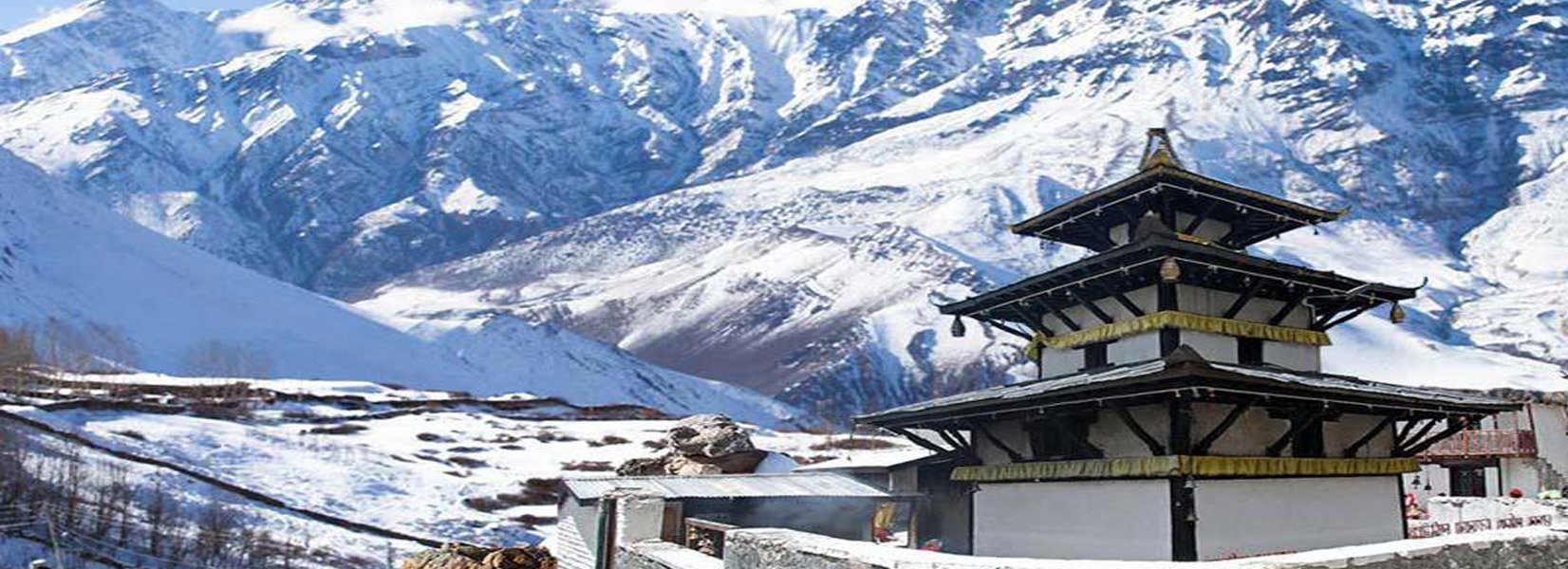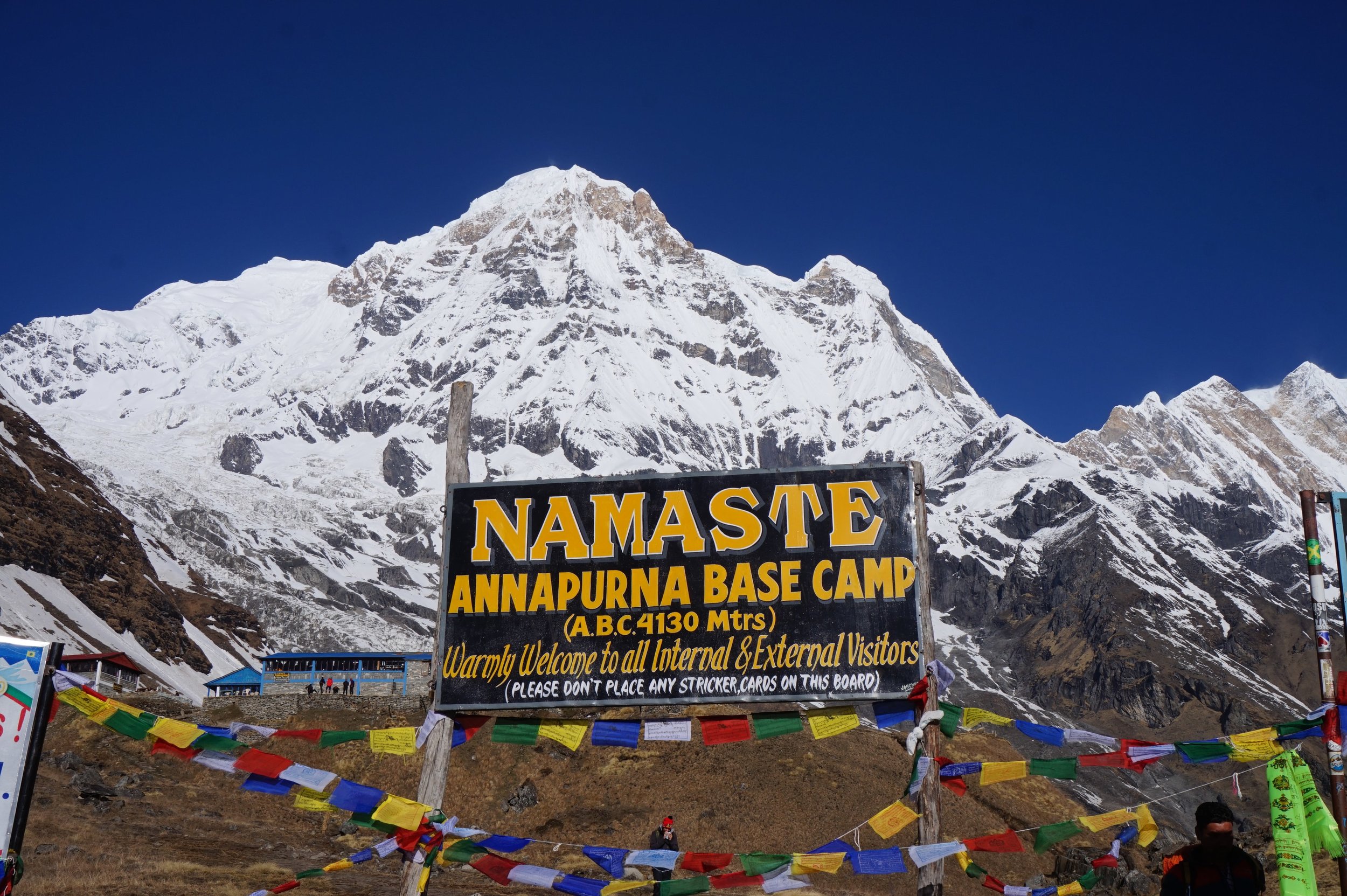Muktinath has come a long way from its olden days, with a lot of tourists now visiting the town(both national and international). Travelers are to be more than thrilled to discover the rustic attractiveness, historical sites, and monuments. Hence, the one location they don’t afford to miss visiting is Muktinath, a holy place for Hindus and Buddhits. It’s cuddled in Muktinath Valley with a beautiful backdrop of snow-capped mountains and distinct landscapes. Unfortunately, walking Muktinath from Jomsom is emotionally draining with filthy and rough trails filled with rocks. Lot of trekkers find it distressing to navigate the bumpy tracks and favor Jomson to Muktinath helicopter tour.
Jomsom Muktinath Heli Tour is a splendid option to get rid of the vertical hills and rugged topographies. It provides the tourists entrance to Muktinath without having them walk or withstand the difficulties. It provides passengers an impressive vista of sheer cliffs, deep canyons, sky caves, and tropical forests. Together with the journey, we can view glistening peaks, involving Nilgiri, Annapurna range, and Dhaulagiri. Jomsom to Muktinath Helicopter tour provides a service that’s difficult to get past. From friendly cabin crew to cozy seats and impressive sights, the heli flight provides perfect facilities in which a traveler can come across.
Beside the incredible flying experience, it ensures in which the passengers are convenient and provides them commodious seats. To save time for travelers, the flight doesn’t take more than 3-4 hours. Flying deep into the mountains to discover the holy site place of Muktinath and its attractive surroundings is unquestionably an extravagant spiritual adventure. Jomsom Muktinath Heli Tour takes you to the Muktinath temple to feel and experience the holy auras and energy of environments. Furthermore to the holy auras, you will also experience the charming mountain surroundings and wonders of Kali Gandaki River valley.
As you move towards Muktinath on a helicopter, you will fly past the amazing Annapurna range of the Himlayas. The helicopter tour takes you to the location from between two enormous Himalayan ranges of Annapurna and Dhaulagiri. You fly from Pokhara to Jomson and then to Muktinath and return back to Pokhara the same day. Once you reach Muktinath, you will have sufficient time to discover and exploit the vibes and beauty of the shrine and its environments. Jomsom Muktinath Heli Tour is a perfect alternative choice for the Jomsom Muktinath Trek which replaces all the walking with a helicopter flight and saves you time. This helicoper tour is provide by Binjuli Adventure.
Best time of Jomsom Muktinath Heli Tour
For an amazing and extravagant tour to Jomsom and Muktinath vai Helicopter, the climate condition has a vital role. The season of Nepal normally lets for helicopter tours all over the year (relying on particular day weather conditions). The professional team of Binjuli Adventure highly recommended the Jomsom Muktinath Heli Tour within the months of March, April, May, August, September, October, November and December.
Under the instruction of Binjuli Adventure, the crew assist to make a day tour very interesting and memorable. This will be the recommended helicopter tour for those who have got a short time frame or search for an extravagant tour to enter the holy place and the Himalayan region of Nepal. Binjuli Adventure provides the most favorable services and instructions for the Jomsom Muktinath Heli Tour. Heartily welcome! Do not hesitate to contact Binjuli Adventure for the Jomsom Muktinath Heli Tour.














